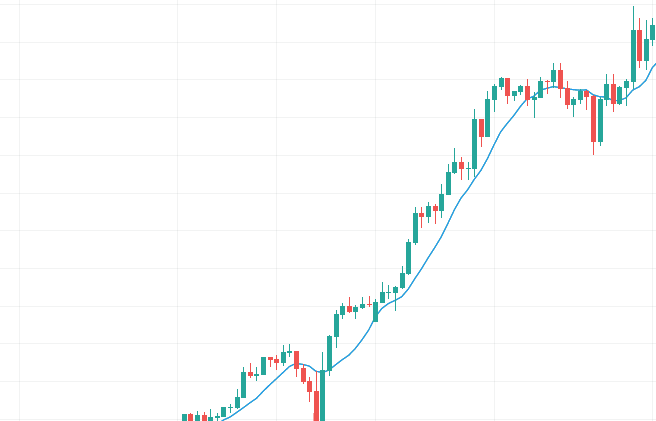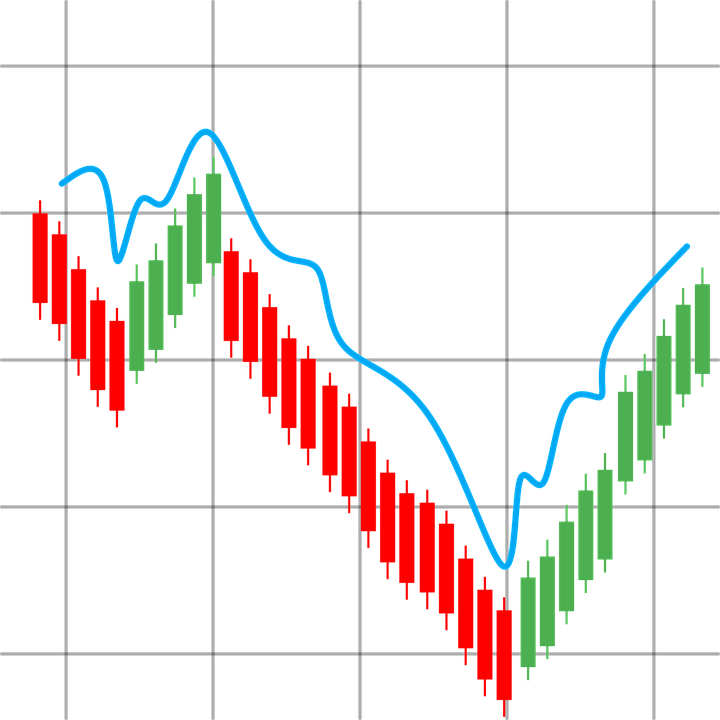The Australian dollar is one of the major currencies. Anyone who wants to trade in Australian dollars needs to know Australian economic indicators. The Australian dollar is not a speculative currency like the pound, but rather a gentle currency for beginners. Extreme ups and downs are unlikely to occur, and it is a currency that is very easy to win like the dollar yen. Those who want to trade in Australian dollars should hold down economic indicators. I have compiled a list of Australian economic indicators. It’s okay if you keep only the ones that are of high importance.
- Unemployment rate (importance: high)
- Number of new employees (importance: high)
- Waistpack Consumer Confidence Index (Importance: Low)
- NAB Business Confidence Index (Importance: Low)
- Australian Central Bank Interest Rate Policy Announcement (Importance: High)
- Trade balance (importance: low)
- Number of housing construction permits (importance: low)
- Wholesale Price Index (Importance: Medium)
- Retail sales (importance: medium)
- Consumer Price Index (Importance: Medium)
- Import Price Index (Importance: Low)
- Gross Domestic Product (GDP) (Importance: High)
Unemployment rate (importance: high)
The Australian Census Bureau announced in the middle of the following month at the same time as the number of employees. An unemployed person is someone who is able to work and is looking for a job but cannot get a job. Since it tends to fluctuate later than the actual economic trends, we will make a judgment based on the number of employees.
Number of new employees (importance: high)
The Australian Census Bureau will announce it at the same time as the unemployment rate. The number of new employees is the number of new employees hired each fiscal year. Due to the unemployment rate and the simultaneous announcement, the market will move significantly.
Waistpack Consumer Confidence Index (Importance: Low)
It is a monthly survey of consumer sentiment published by Westpac Bank and the Melbourne Institute and indexed, and is regarded as a leading indicator of gross domestic product.

NAB Business Confidence Index (Importance: Low)
National Australia Bank, an Australian commercial bank, surveys more than 400 domestic companies and summarizes future business sentiment trends. You can get a good idea of the current state of the domestic economy.
Australian Central Bank Interest Rate Policy Announcement (Importance: High)
This is the most sensitive indicator. The Reserve Bank of Australia (RBA), in principle, decides on monetary policy, including the policy rate, at the Monetary Policy Council, which is held on the first Tuesday of every month. Please note that the market price will move up and down at the time of this announcement.
Trade balance (importance: low)
The Statistics Bureau will announce it. The trade balance is the balance of exports and imports.

Number of housing construction permits (importance: low)
Announced by the Australian Statistics Bureau. Every month, we publish figures for the beginning of the month after next, and if the number of housing permits increases, it will be easier to buy Australian dollars.
Wholesale Price Index (Importance: Medium)
Announced by the Australian Statistics Bureau. An index that measures price fluctuations of commodities traded between companies at the wholesale stage. It is a material for forecasting business sentiment, inflation rate, and consumption trends.
Retail sales (importance: medium)
Announced by the Australian Statistics Bureau. This is an economic indicator related to the economy based on a sample survey of monthly sales in the service industry. The higher this number, the easier it is to buy Australian dollars.

Consumer Price Index (Importance: Medium)
The Australian Census Bureau surveys and publishes quarterly changes in prices of goods and services by consumers. It is an indicator that the Central Bank of Australia attaches great importance to when managing monetary policy.
Import Price Index (Importance: Low)
The Import Price Index is an index that measures quarterly price fluctuations of goods imported into Australia. The higher this number, the stronger the impact on inflation and the easier it is to buy the Australian dollar.
Gross Domestic Product (GDP) (Importance: High)
Gross Domestic Product is the total amount of goods and services produced in Japan, and is a monosashi that represents the scale of the economy. The growth rate of GDP deserves the economic growth rate.




コメント
[…] Australian economic indicatorsThe Australian dollar is one of the major currencies. Anyone who wants… […]
[…] Australian economic indicatorsThe Australian dollar is one of the major currencies. Anyone who wants… […]
[…] […]
[…] Australian economic indicatorsThe Australian dollar is one of the major currencies. Anyone who wants… […]
[…] Australian economic indicatorsThe Australian dollar is one of the major currencies. Anyone who wants… […]